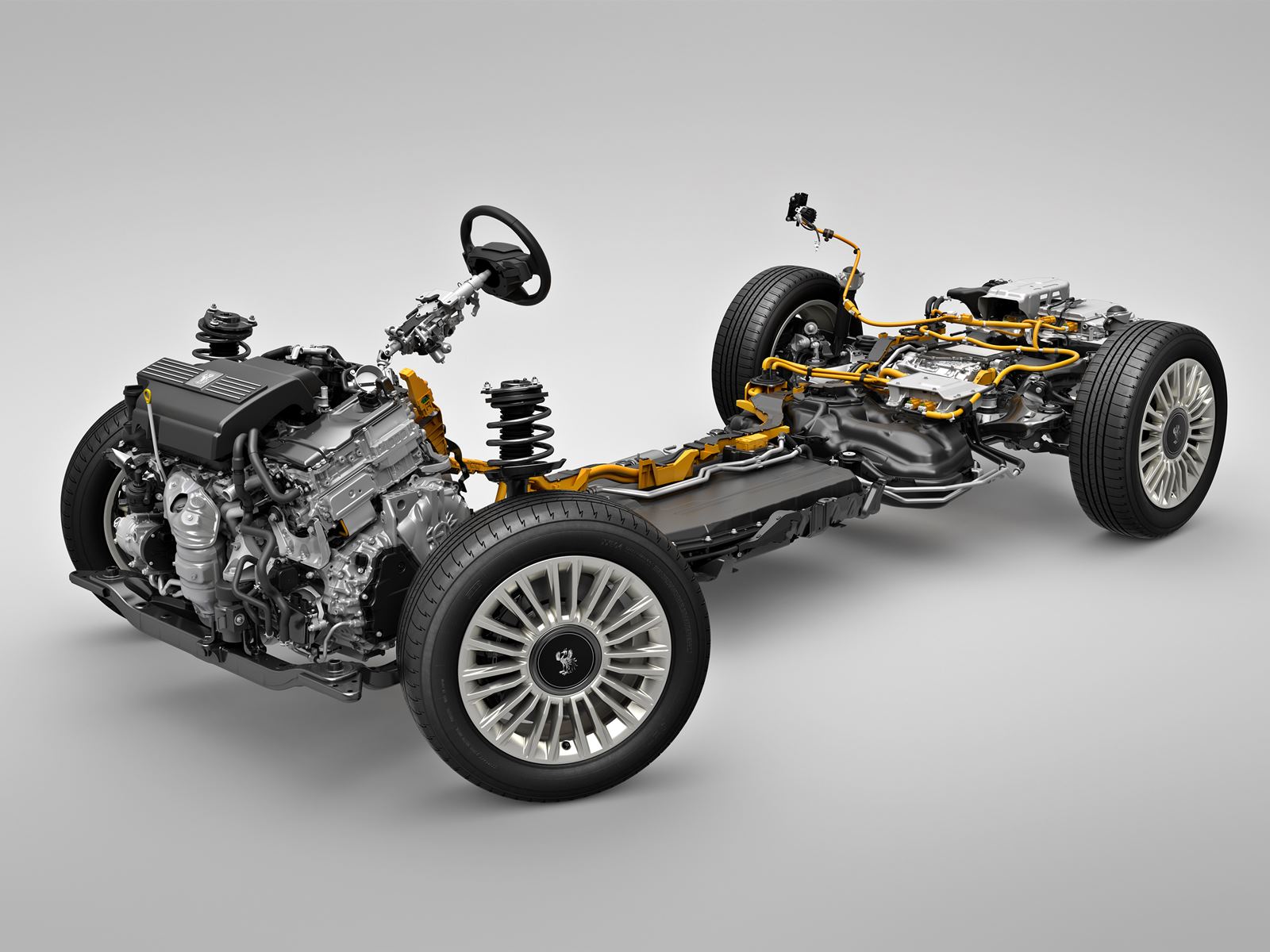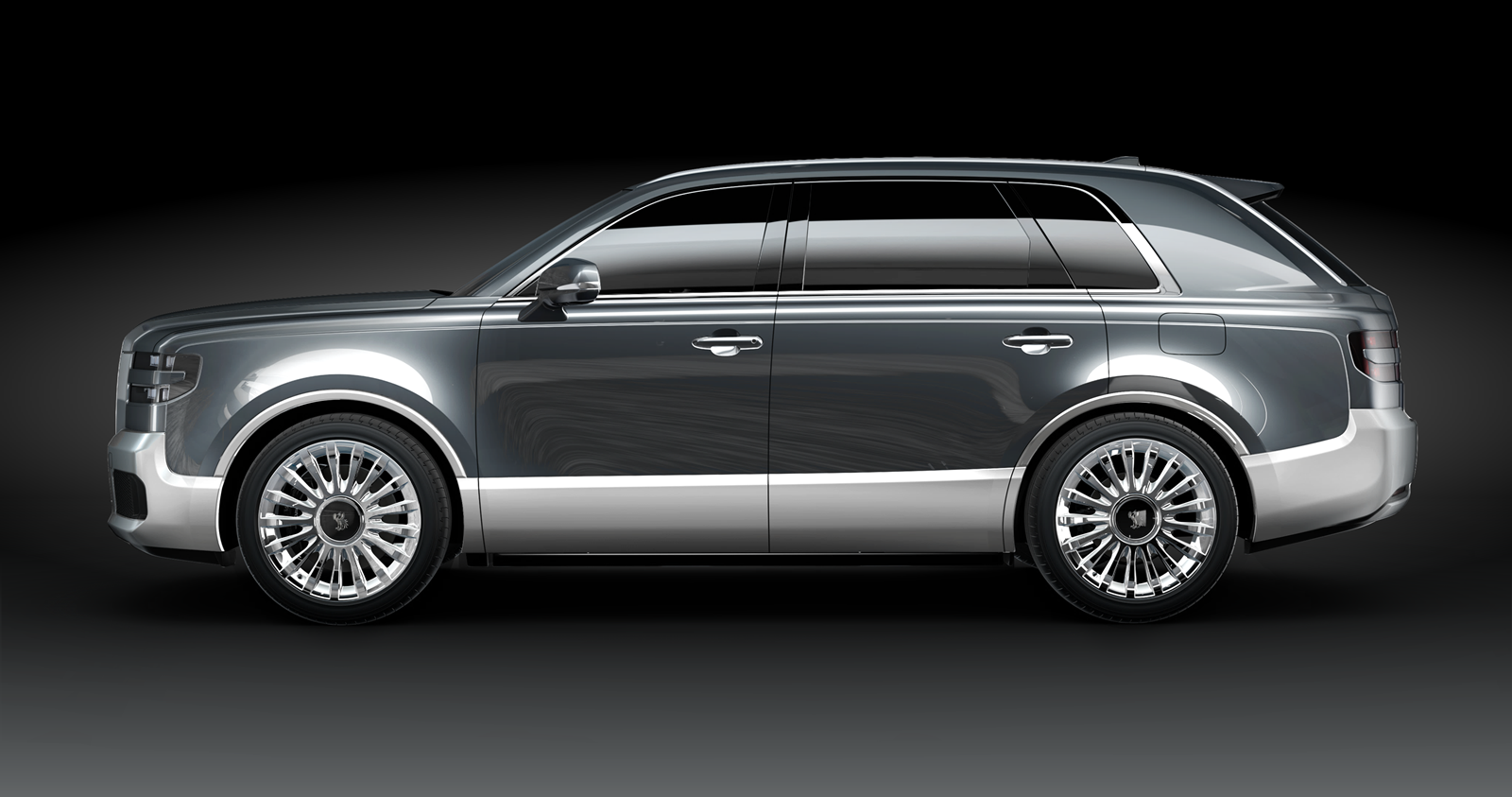For as long as the Century has been around, it has always been a limousine. When it was conceived 57 years ago in honour of the 100th birthday of Sakichi Toyoda, founder of the Toyota industrial group, it was meant to be a ‘pinnacle product’ and flagship model.
Highly coveted limousine – in Japan
It was highly regarded and coveted in Japan, becoming the choice for leaders in the government and private sector. However, the Century’s high status was only within Japan and Toyota did not promote or sell it overseas, using the Crown as its global flagship model. Later, it would have Lexus as its premium luxury brand internationally.

And with the Century, there was always the best in terms of build quality and technology. Toyota even developed a V12 engine (1GZ-FE) for it and kept the powerplant exclusively for the model.

The SUV trend is strong
Now the Century has become SUV, an indication of how this bodystyle has become the de facto form for the motorcar. Once associated with vehicles more for off-road use, it is now required as part of every carmaker’s range – even at the top.
There have been only three generations of the Century since 1967, the current one having been on sale since 2018. With the new SUV model, it appears that a new generation is starting as the model code has changed to G70 from G60.

Built at same plant as Lexus models
It’s uncertain how long the Century sedan will continue and Toyota may be watching response to the new SUV before deciding on its fate. The sedan is built at the Motomachi plant at a rate of 50 units a month but the SUV will be built at the Tahara plant and is planned for a rate of 30 sales a month. The Tahara plant is where most Lexus models are made and is considered as the automotive plant with the highest quality in Japan.
The new Century is an entirely different vehicle from the sedan and probably shares only the nameplate. It uses Toyota New Global Architecture (TNGA), the same as all recent new models, and the GA-K platform for large SUVs like the Grand Highlander sold in America.

Apart from having useful features such as a lower centre of gravity, TNGA gives engineers more flexibility in design, as evident in how it is used for a very wide range of models with different bodystyles.

Electrified powertrain and AWD
The vehicle has an electrified powertrain, though not a battery electric one. Toyota believes hybrids are a more practical approach in the medium-term as they offer the benefits of a fully electric vehicle for short ranges and a hybrid electric vehicle for longer journeys.
For the Century, the hybrid powertrain uses a 3.5-litre 2GR-FXS V6 petrol engine, a unit also used in some other Toyota and Lexus models. Toyota has not given the output numbers but the hybrid powertrain, which has plug-in capability to recharge the battery pack, has at least 406 bhp and an electric range of 50+ kms (in other models).
The output goes through a CVT and is intelligently distributed to all wheels with the E-Four Advanced system. E-Four technology offers more precise power and braking force to each wheel to achieve the optimum dynamic performance for the prevailing conditions.

It also has Dynamic Rear Steering (DRS) which gives 4-wheel steering. DRS assesses yaw rate, vehicle speed, steering angle/speed and lateral g-forces to calculate the best steering angle for the rear wheels. At lower speeds, it turns the front and rear wheels in opposite directions but changes them to turn in the same direction as higher speeds. The result is easy handling at low speeds and natural handling at medium to high speeds.

Larger than the limousine
Size-wise, the SUV is 130 mm longer and 60 mm wider than the Century sedan, It of course stands taller, with the roofline a full 300 mm above the sedan’s. But the wheelbase is much shorter – 2850 mm for the SUV against 3090 mm for the sedan which has always been a very long limousine.

The Rolls-Royce Cullinan would be considered as a ‘peer’ to this newcomer in that upper end of the market but since you don’t get to see the Rolls-Royce SUV much, making comparisons might not mean anything.
Instead, let’s use something that seen more commonly on the roads, like the BMW X5. The Century’s overall length of 5205 mm is 283 mm longer than the German model, but its width of 1990 mm is 14 mm narrower than the X5. The Century also stands 60 mm taller at 1805 mm.


Incorporated in TNGA is a newly developed ‘luggage compartment separate structure’, with noise-reducing clear laminated glass used on the cabin side of the cargo space separator to properly separate the cabin from the cargo area.


Chauffeur-drive SUV
The Century has always been a chauffeur-driven limousine and Toyota expects owners of the SUV to also have a chauffeur. This seems unusual for a SUV which is often for more casual driving which the owner would do himself or herself. However, with MPVs like the Alphard becoming popular as high-end limousines, perhaps Toyota sees the same happening with SUVs.

Attention has therefore been focussed on the rear section where there are two seats that can recline fully. All types of provisions have been made to ensure that the space is supremely comfortable and for those who want the best musical reproduction, there is the promise of the feeling of a live performance. The exemplary techniques of a musical instrument manufacturing master were incorporated into the development of the audio system.
Besides automatic retractable power steps, Toyota’s press information mentions that the rear doors open to a wide 75-degree angle for ease of entry and exit. Swinging doors will be standard initially but in the presentation today, a version with sliding doors was also shown. It is understood that these will be offered as an alternative choice at a later stage.


Toyota promises that the new Century will continue to meet customer expectations ‘while pursuing the essence and inheriting the dignity, quietness, and ride comfort befitting a Century’. Being a model of such a high status and costing upwards of 27 million yen (around RM793,000) in Tokyo, customers will have a variety of options to personalise their Century.
It’s not known yet if there are plans to export the model. Limited numbers of the first and second generation were sold outside Japan but not the current generation. Then there is also the question of whether there might be a Lexus version, a sort of reverse of the earlier years when the flagship LS400 of the young Lexus brand was sold as a Toyota Celsior in Japan.



